Ælfgif-who? provides short biographies of early medieval English women every two weeks. Click on the podcast player if you’d like to hear this newsletter read aloud in my appealing Yorkshire accent.
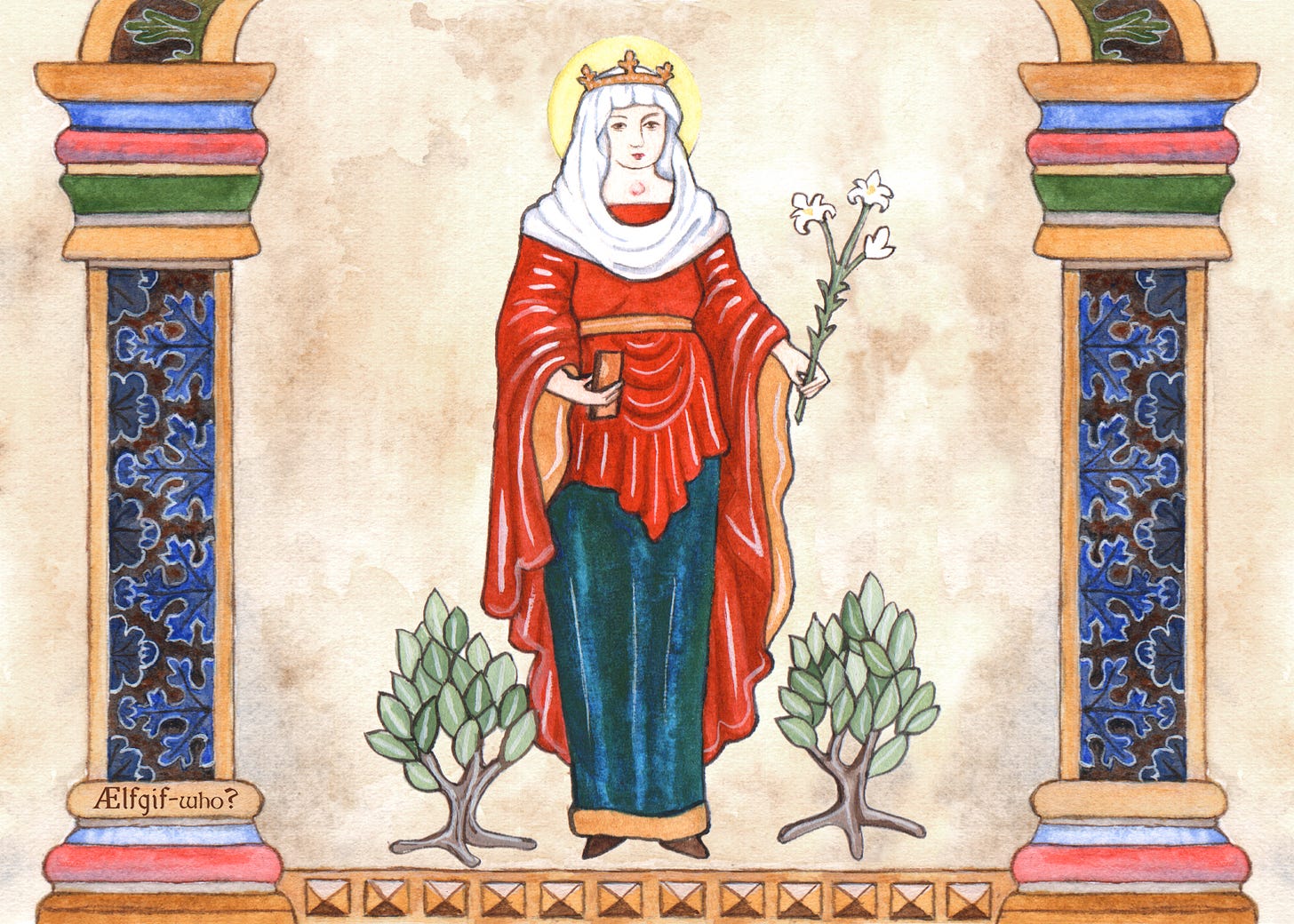
Æthelthryth, Part 1: A Virgin Queen who Died and Didn’t Decompose
Last month we learned that Æthelgifu wasn’t a major saint after all, but the same cannot be said for Saint Æthelthryth. Æthelthryth was a seventh-century queen who was married twice, refused to consummate her marriages, and left her second husband, the King of Northumbria, to become the Abbess of Ely. An important English figure both before and after the Norman Conquest, Æthelthryth has been written about by medieval authors more than any other English female saint. One of the earliest sources we have for Æthelthryth’s life is Bede’s Ecclesiastical History, which devotes a whole chapter to her (and if you’d like to join an online reading circle I’m leading on this chapter, see below). She is also included in the tenth-century Ælfric's Lives of Saints and Goscelin of Saint-Bertin's Lives of Female Saints. The twelfth-century Liber Eliensi (Book of Ely), fleshes out her life further, while another twelfth-century text, written in Anglo-Norman by an author named Marie, is the earliest example of a woman authoring a text about Æthelthryth. Æthelthryth is also the only early English saint for whom we have a portrait: there are two portraits of her in the tenth-century Benedictional of Æthelwold.
Early Life and Queenship:
Æthelthryth was the daughter of Anna, King of East Anglia. Her exact birth date is not known, but she must have been born within a few decades of the East Anglian Sutton Hoo burials - indeed one possible candidate for the body in the ship burial mound is King Rædwald, Æthelthryth’s great uncle. She was married to a nobleman called Tondbert, though he died about three years into their marriage. After five years as a widow, in Bede’s words she was ‘given to’ her second husband, Ecgfrith, heir to King Oswiu of Northumbria, in 660. Ecgfrith was around fifteen years old at this point, and the widowed Æthelthryth was likely much older. She doesn’t seem to have had much choice in either of her marriages, both of which would have been political. The East Anglian royal house already had connections with Northumbria: Anna’s brother had married a Northumbrian princess Hereswith, Hild of Whitby’s sister.
Æthelthryth was a less than willing bride, as Bede tells us that she remained a virgin through her first marriage and her second. He learned this from Bishop Wilfrid, who was apparently begged by Ecgfrith, who had inherited his father’s throne in 670, to persuade her to consummate the marriage in exchange for land and money. Wilfrid seems to have been on Æthelthryth’s side in this matter, and around twenty years after her first marriage, Æthelthryth finally got her wish when Wilfrid made her a nun. She seems to have repaid him by giving him the huge estate of Hexham, on which he founded a monastery - so Wilfrid ended up with the land he was promised anyway. A year later Æthelthryth had founded her own monastery on her huge estate at Ely and became its abbess: it was a mixed monastery, admitting both men and women, which was common in this period. Bede praises her for her monastic lifestyle: she only wore wool, never linen, never washed and only ate once a day, with the exception of major feast days like Easter.
Æthelthryth’s Death:
Bede tells us that Æthelthryth prophesied a plague which was to kill her and a number of others in the monastery, and indeed she died during this epidemic after seven years as abbess. She was suffering from a large painful tumour on her neck which Bede says she took pleasure in, telling everyone that she deserved the affliction because of all the heavy gold and pearl necklaces she wore when she was younger. Archaeological surveys have found that jewellery was an important signifier of a woman’s status and identity in this period, and different types of jewellery were bestowed at significant stages in life. By revelling in her ironic neck affliction, Æthelthryth is rejecting the wealth she once enjoyed - though a further irony could be seen in the fact that it was Æthelthryth’s queenly wealth and land ownership that allowed her to build Ely and become its abbess in the first place.
She wished to be buried in a simple wooden coffin like the others who died. She was succeeded by her sister Seaxburg, a widow of the King of Kent, and she also had three other sisters who became saints, Æthelburh, Wihtburh and Sæthryth, as well as two nieces, Eormenhild and Eorcongota. Sixteen years after Æthelthryth died, her sister Seaxburg decided to have her reburied inside the church in a stone coffin. She ordered some of the monks to travel out of Ely, which at the time was an island, to find a stone to make a coffin. When they reached Grantchester, they found a white marble coffin already made among Roman ruins outside the city walls. When they opened her grave ready to move her body into this new coffin they found that Æthelthryth had not decomposed in sixteen years.
Bede includes a testimony by Æthelthryth’s doctor Cynifrid, who was present both when she died and when her remains were revealed. He had drained her neck tumour by an incision a few days before she died, but after her death the wound had completely healed. The doctor says that her body was as fresh as the day she was buried. Not only this, but Bede goes on to say that Æthelthryth miraculously fit into the repurposed coffin perfectly, as if it had been made to her measurements. He goes on to include a hymn dedicated to her virginity, which invokes the names of six early Christian virgin martyrs. Bede is careful to stress repeatedly that the miracle of Æthelthryth’s incorruptible body, the earliest known instance of the claim that someone’s entire body had not decayed in England, was due to the fact that she was not corrupted by having sex with a man in her lifetime.
Part 1 has looked at Æthelthryth’s life and the years immediately after her death. Part 2 will look at her legacy: the cult that emerged after her death that transformed her into one of England’s major saints. We will also look closer at the role of her sisters and nieces in her legacy. We will see her transformed from an incorruptible virgin queen into a warrior saint, protecting Ely along with her sisters and using her crook to impale bad men - really!
Further Reading? Join my Bede Reading Circle!
While you’re waiting for the second instalment, you can join my reading circle! Last week, I gave my paying subscribers the chance to read through Bede’s chapter on Æthelthryth with me and discuss it using an app I’m working with called Threadable. The app is still in development but allows users to create reading circles where members can create comment threads within texts for free. This reading circle will be active for the next 10 days and I’m now opening it up to all my subscribers! If you have an Apple device you can download Threadable and use the code in your email to enter my circle and join in the discussion or ask questions about Æthelthryth!
PS: If you join the circle, I would love to get your feedback on the app and whether you enjoy using it to discuss historical texts like this. I love getting comments and questions on my posts and am hoping to use Threadable more in future to connect with the Ælfgif-who? subscriber community. Keep in mind that the app is still in early development and your feedback will help improve it! If you have any technical issues or need support, you can contact me by replying to this email or email stefan@threadablebooks.com.






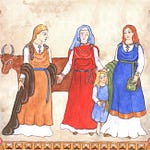
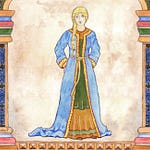
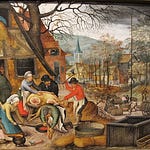
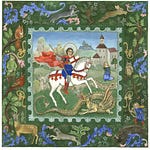



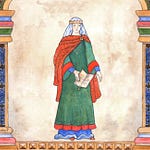
Share this post